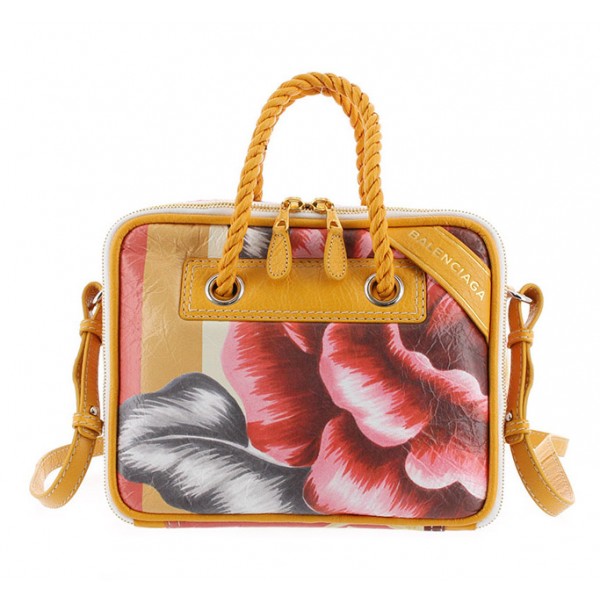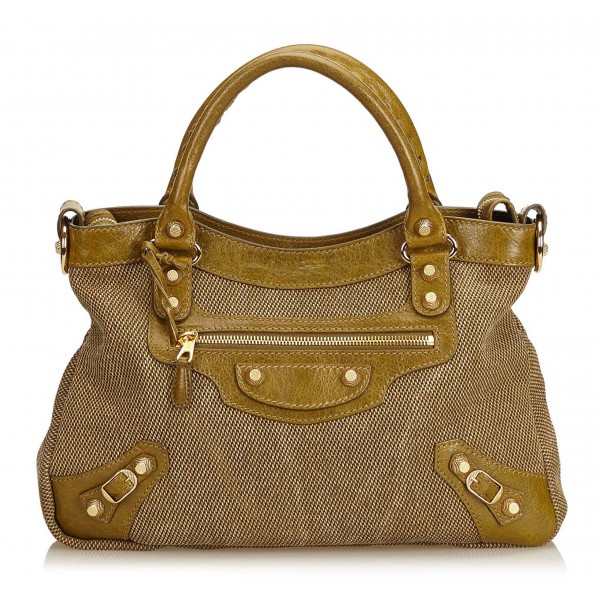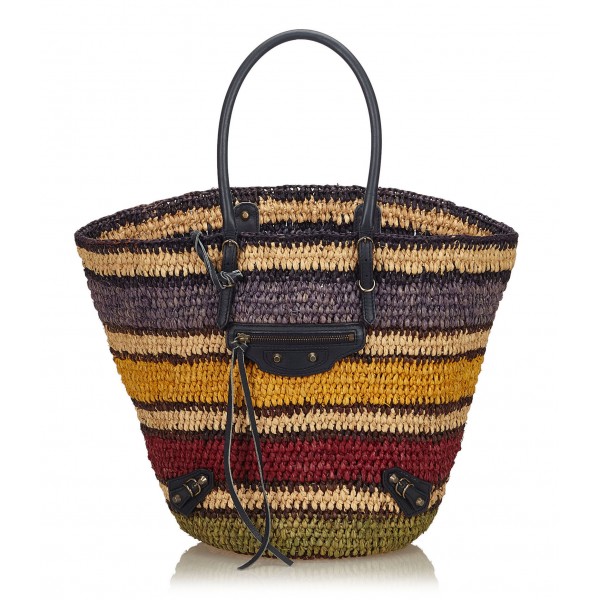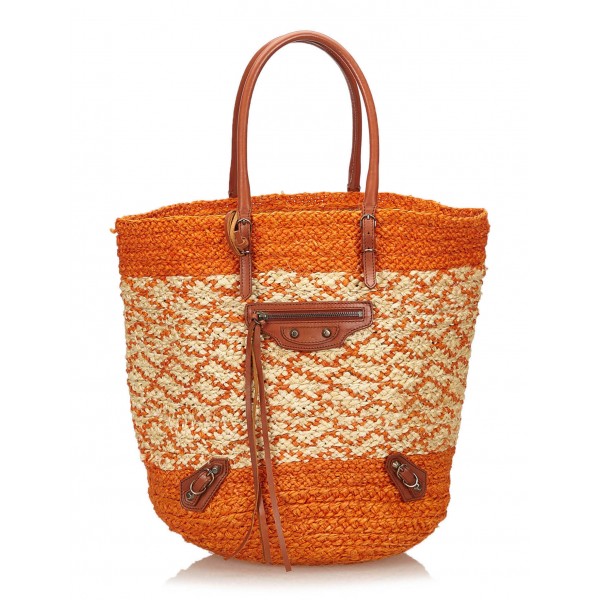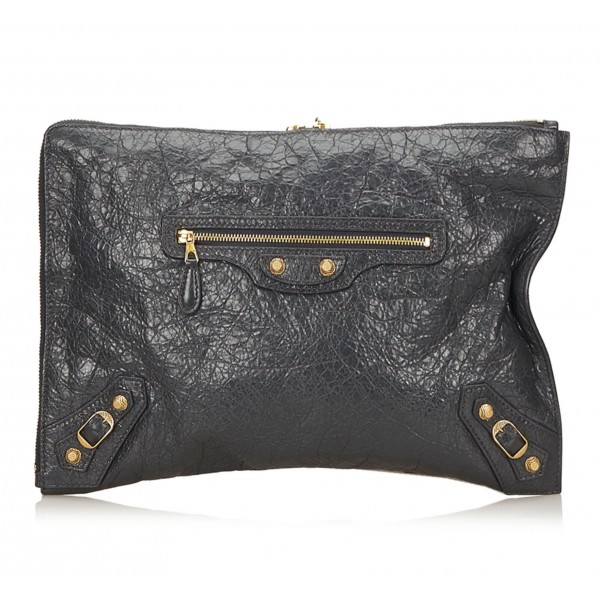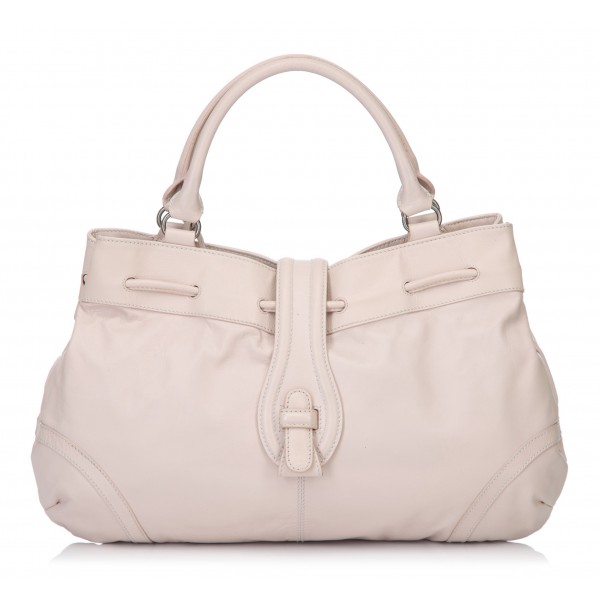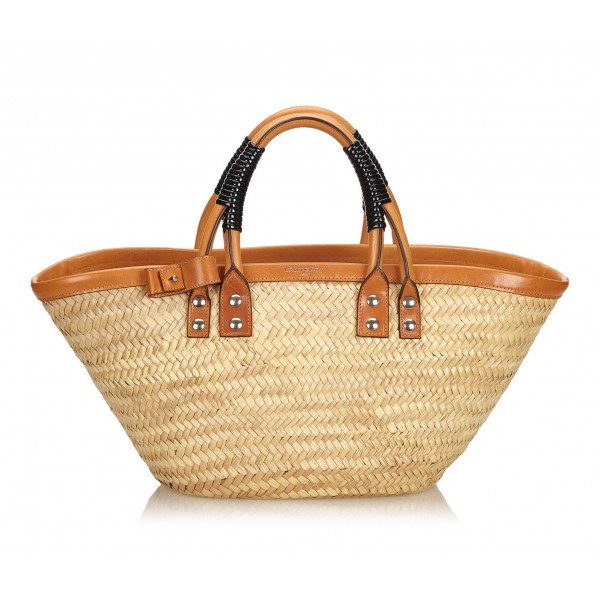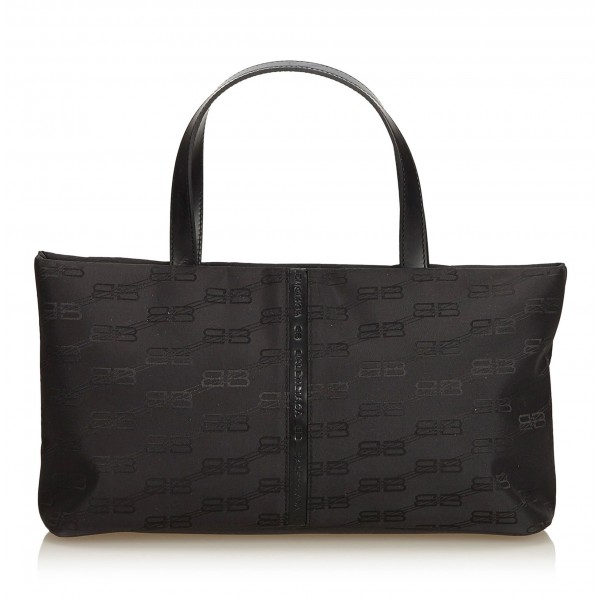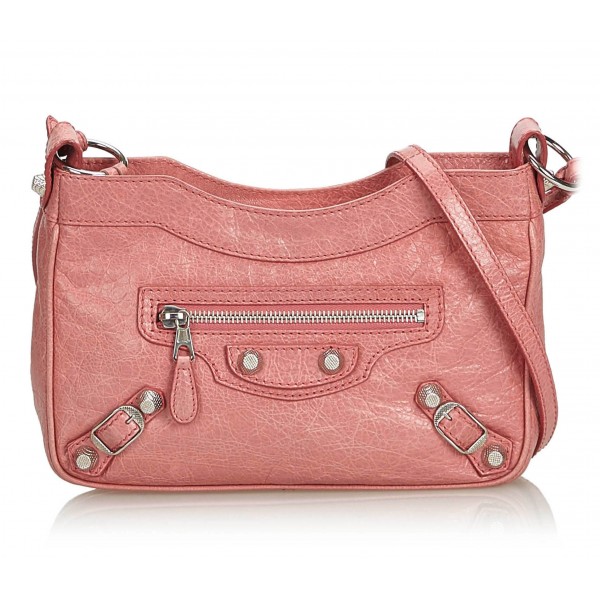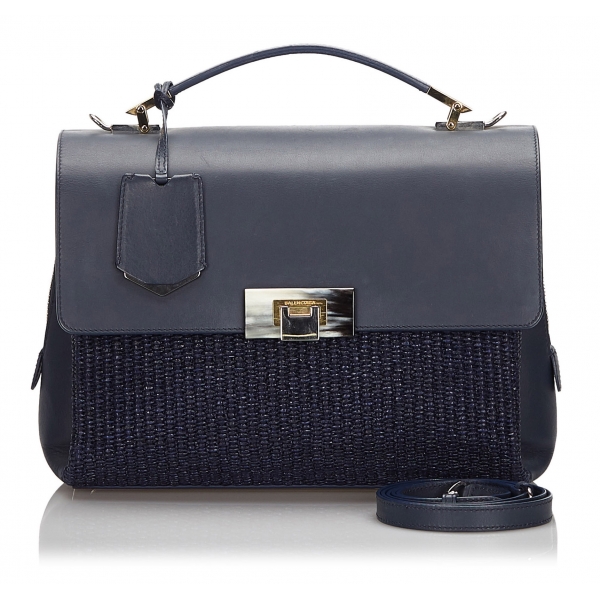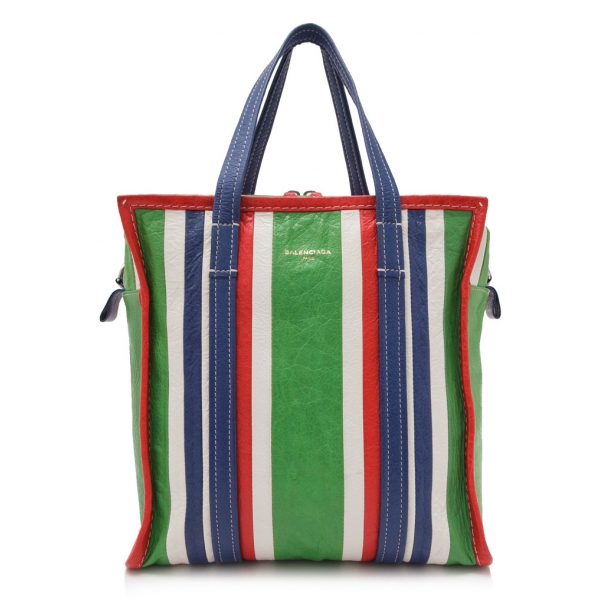No products
Categories
- Fashion Accessories
- Clothing
- Beauty & Lifestyle
-
Hi-Tech & Lifestyle
- Gaming
-
Case
- iPhone 11 Pro
- iPhone 11 Pro Max
- iPhone 11
- iPhone X / XS
- iPhone XS Max
- Samsung S10 / S10+ / S10e
- Huawei P30 / P30 Pro / P30 Lite
- Huawei P20 / P20 Pro / P20 Lite
- iPhone XR
- Samsung S9
- Samsung S9+
- iPhone 8 / 7
- iPhone 8 Plus / 7 Plus
- Samsung S8
- Samsung S8+
- Samsung S7
- Samsung S7 Edge
- iPhone 6 / 6 s
- iPhone 6 Plus / 6 s Plus
- iPhone 5 / SE
- Skin
- Audio
- Smart Home
- Drones & Hoverboard
- Photo & Video
- Desk Supplies
- Accessories
- Games
- Beverages
- Food
- Home
- Jewelry
- Luxury
- Travel
- Art
- Footwear
- Vintage Fashion
- Restaurants
- Sport
- Animals
- Gift Ideas
- Kidswear
Extra
Balenciaga Vintage
The Couturier of Couturiers, The Master of Us All
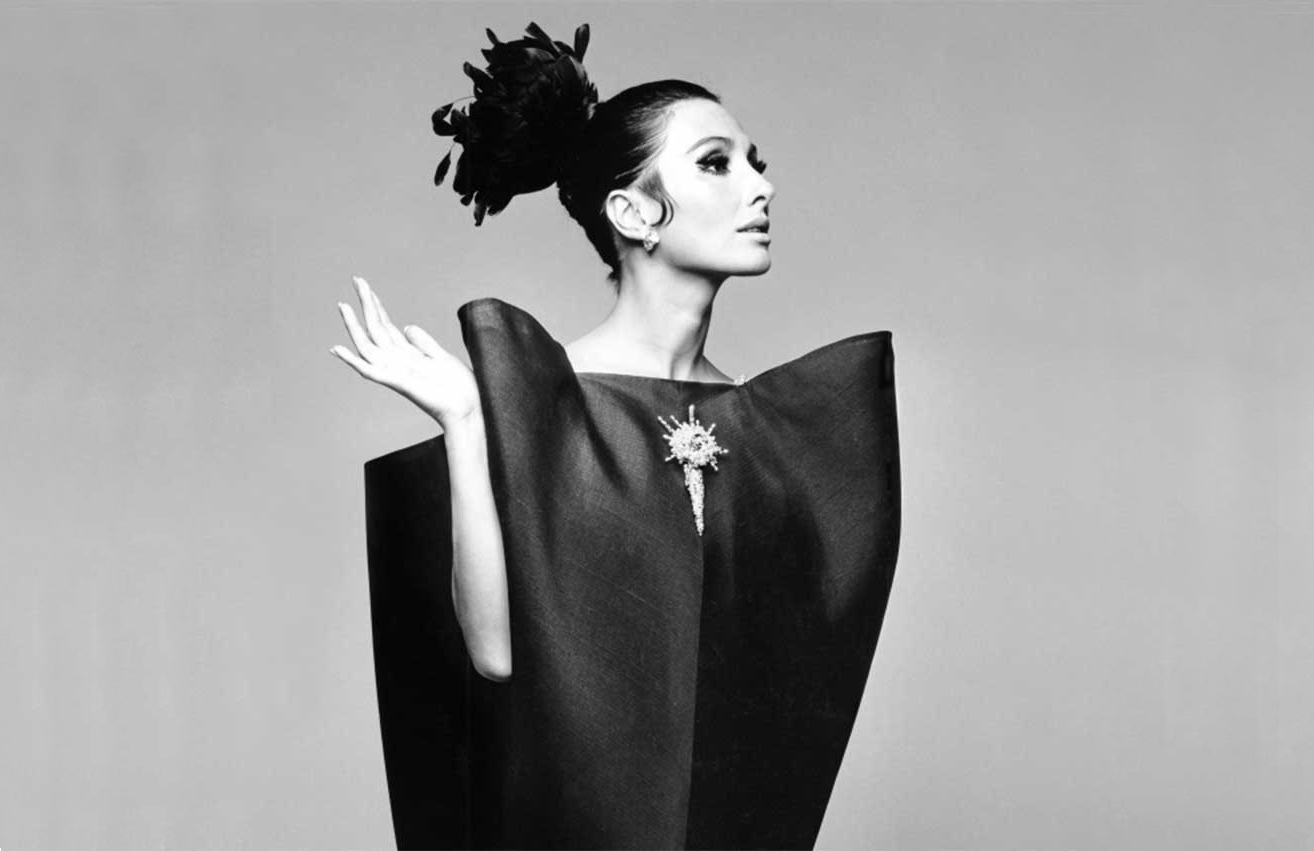
History

Master of tailoring and precision, Cristobal Balenciaga was able to create soft and elegant lines on the human body.
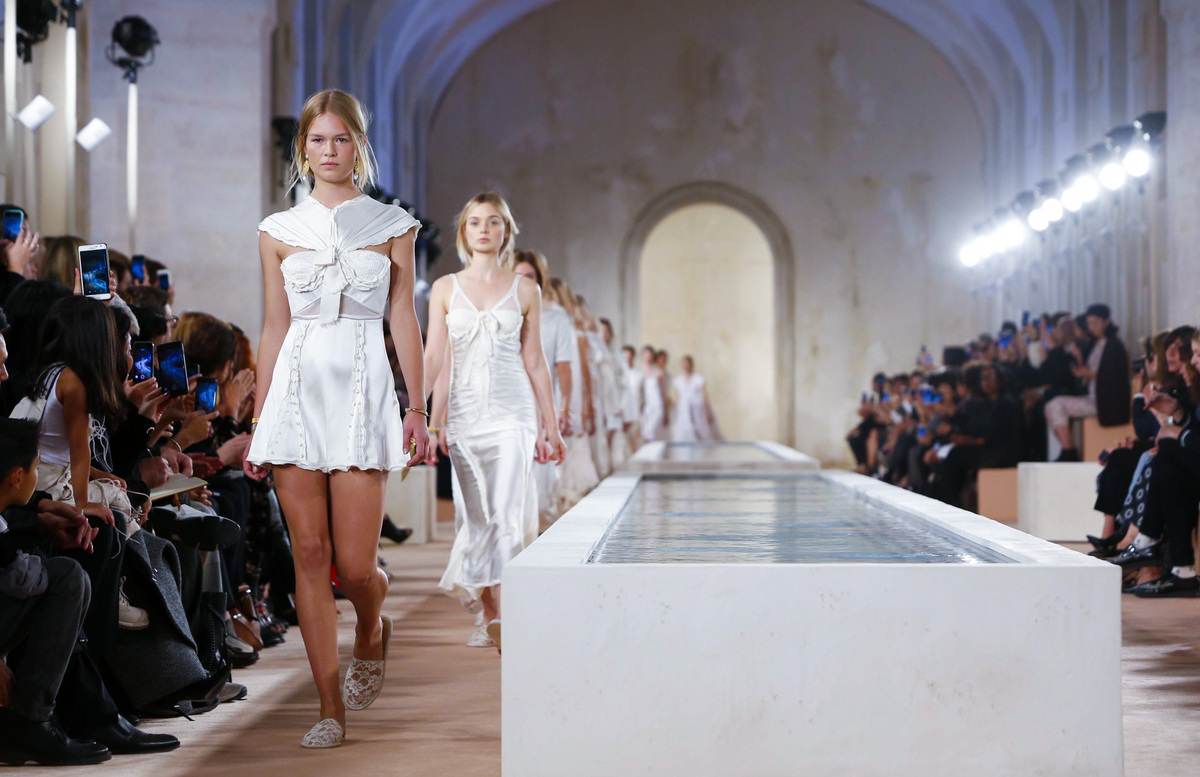

Spanish by birth, he managed to bring elements from his country like lace, the bolero and the contrasting colors, red and black, to Paris in the 1950s. Balenciaga dedicated his life to designing dresses and managed to go beyond the boundaries of fashion. For this reason, he is considered a true artist.


Intuition and innovation, combined with a maniacal precision, are the basis for all of his creationslike collarless shirts, flat necklines, and balloon, tunic, sack and sleeveless dresses.


He was born in 1895 in Getaria to a seamstress mother and fisherman father. He inherited his mother’s passion for tailoring and opened his first haute couture boutique in San Sebastian at only 20 years old. His great success in those years led him to open two more boutiques in Madrid and Barcelona.
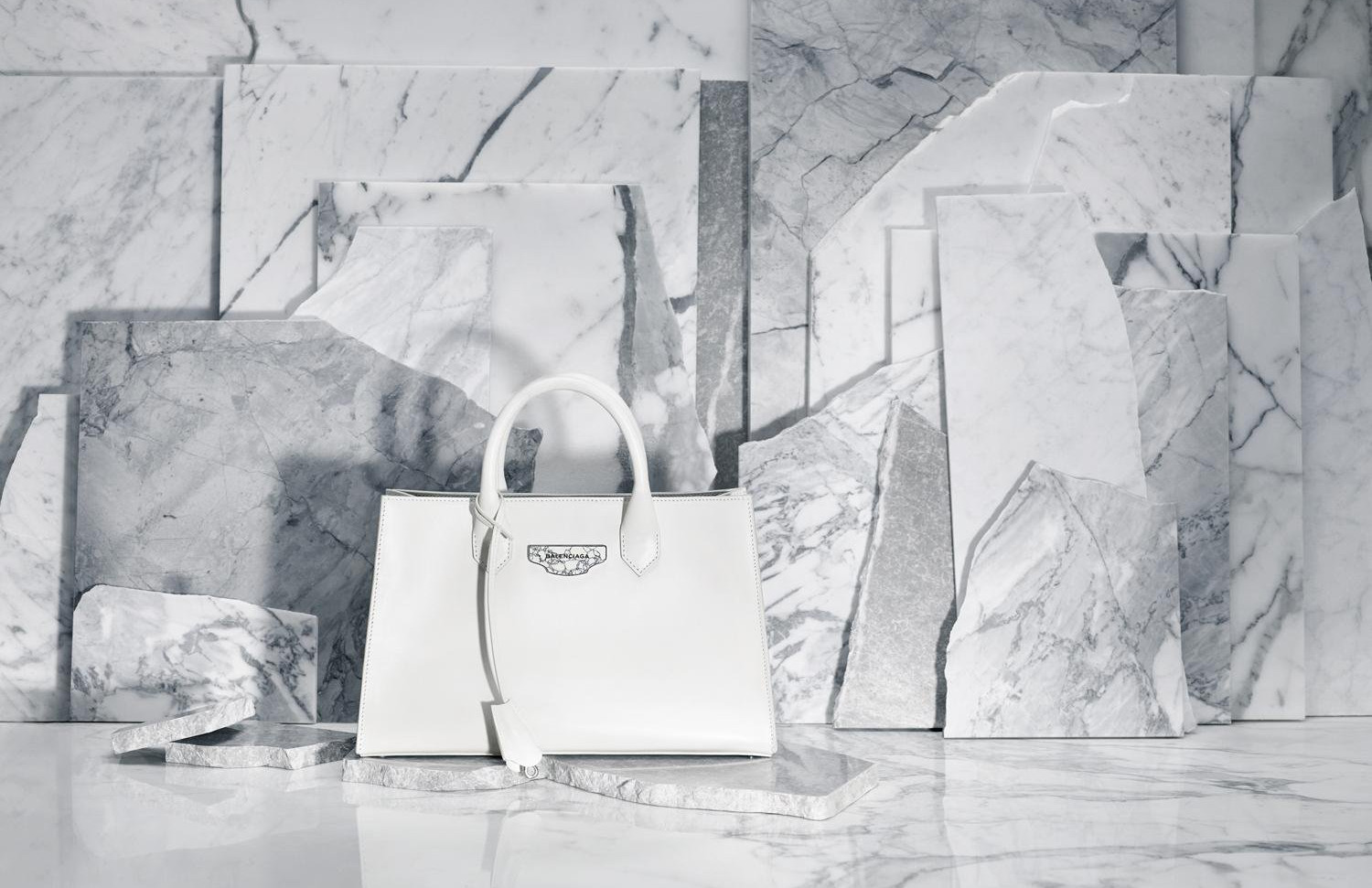

When the Civil War in Spain broke out in 1937, Balenciaga decided to move to Paris where he opened his first boutique on Avenue George V, on the third floor of the Palazzo Borghese. Official Couturier for the Spanish royal family, and valued by Europe’s most beautiful and powerful women of that time, Balenciaga created dresses for a small group of elite women whose status made tribute to his art.


His creations were not flashy or spectacular. On the contrary, they were an expression of inner elegance, and were refined and unpretentious. In the fifties, Balenciaga clashed with the philosophy of the famous fashion designer Christian Dior. Unlike Dior, the Spanish Couturier needed physical contact with the dress and wanted to give a woman’s body freedom. He therefore, eliminated boning, padding, stiff bodices, and thus, deviated from the tailoring techniques of the nineteenth century.


He also knew fabrics and their potential very well and even drew inspiration from them. So much so, that he invented a perfect fabric for creating volume which was suitable for evening wear: Gazar. The pieces he created were so well cut that they didn’t need a body to take shape. Coco Chanel said of him: "Only Balenciaga is a true couturier. Only he is able to cut the fabric, sew it and assemble it with his own hands. The others are just designers."


In 1951, a period in which the femininity of a woman was determined by the smallness of her size, he introduced the semi-fitted suit. In 1955, he created the tunic dress and finally the sack dress in 1957, which gave the woman’s body total freedom. He was patient, honest, accurate, and obsessed with achieving perfection.


He personally followed every step in the creation of every outfit. In the sixties, with social unrest and the beginning of the Women’s Movement, women’s needs changed. Ready-to-Wear lines hit the stores: pieces that were packaged and sold in predefined sizes to customers, often in department stores.


This process was not in line with Balenciaga’s ideas. He didn’t think it was honest to lose contact with the customer because you couldn’t give special attention to the details that would render the dress perfect for a particular body.
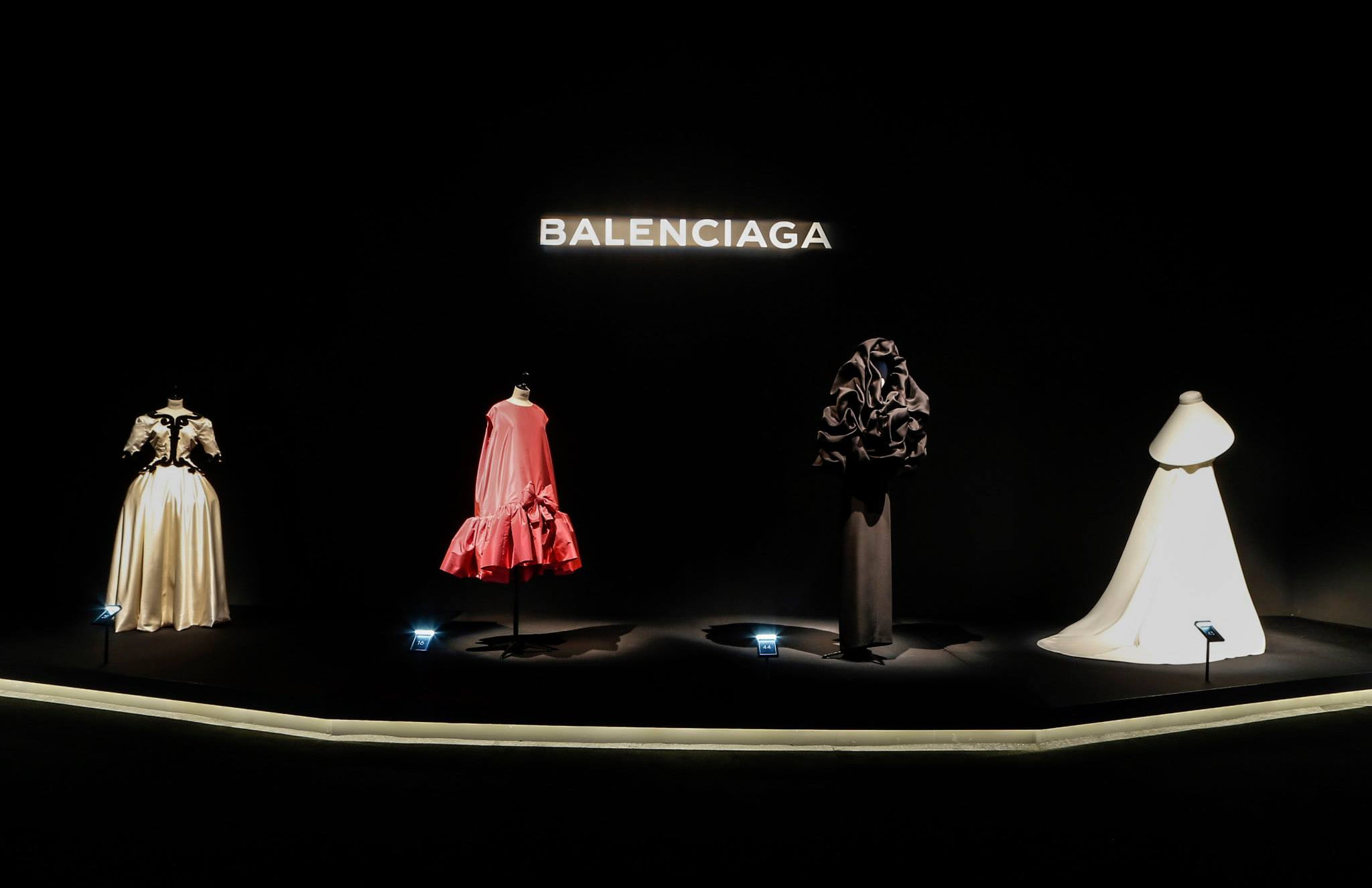

At the height of his fame in 1968, foreseeing an inevitable decline as a result of the changes that were taking place, he preferred to withdraw from the scene.
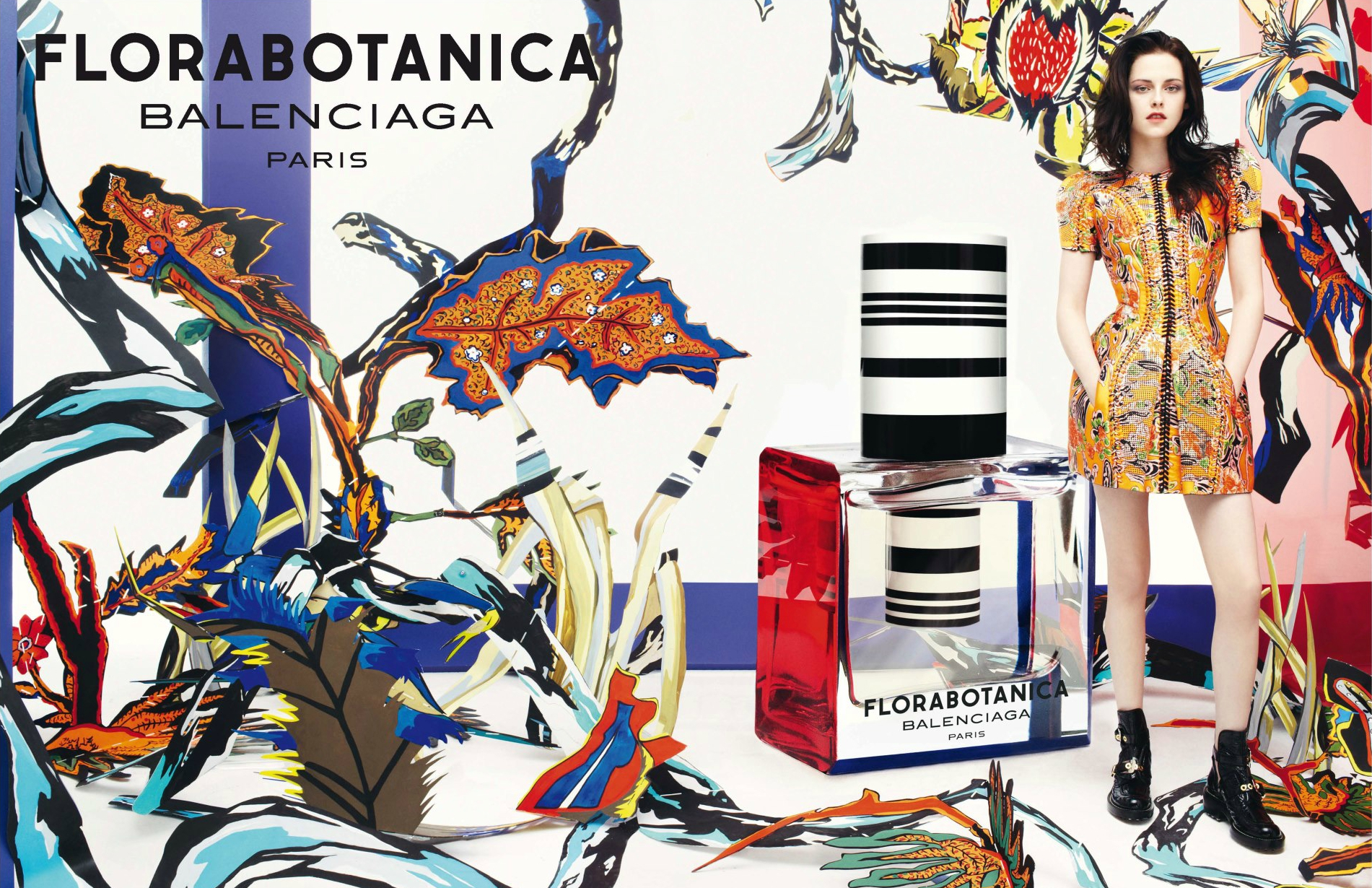
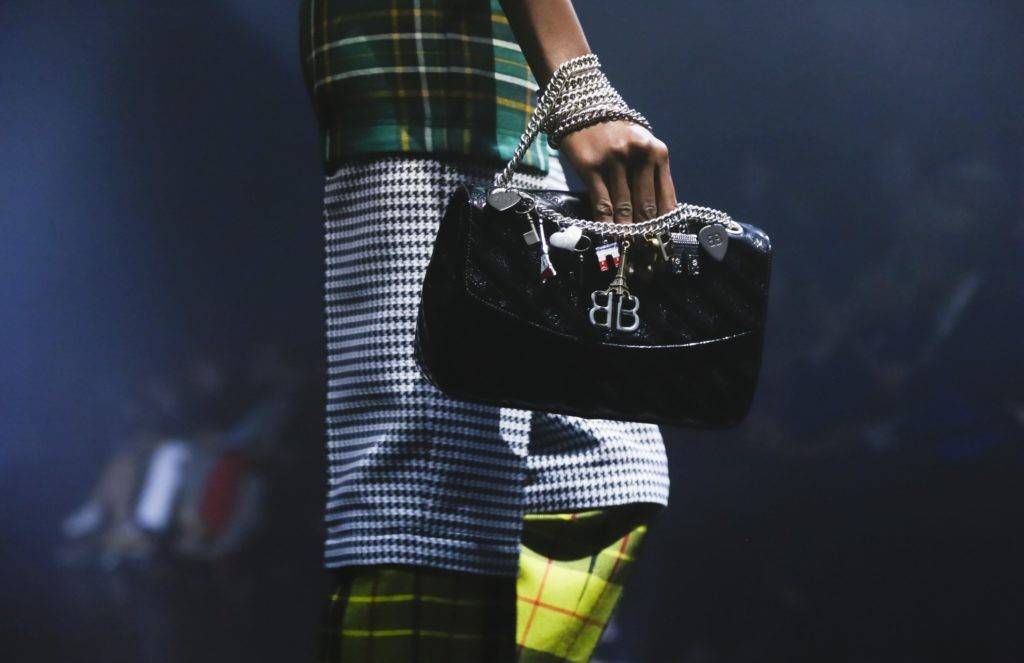
The desires of customers had changed and stylists had the upper hand. However, Cristóbal Balenciaga, will always remain an undeniable symbol of style and elegance. Christian Dior said, "The couturier of couturiers, the master of us all." On June 10, 2011 a museum dedicated to him was inaugurated by Queen Sofia in Getaria, Spain.
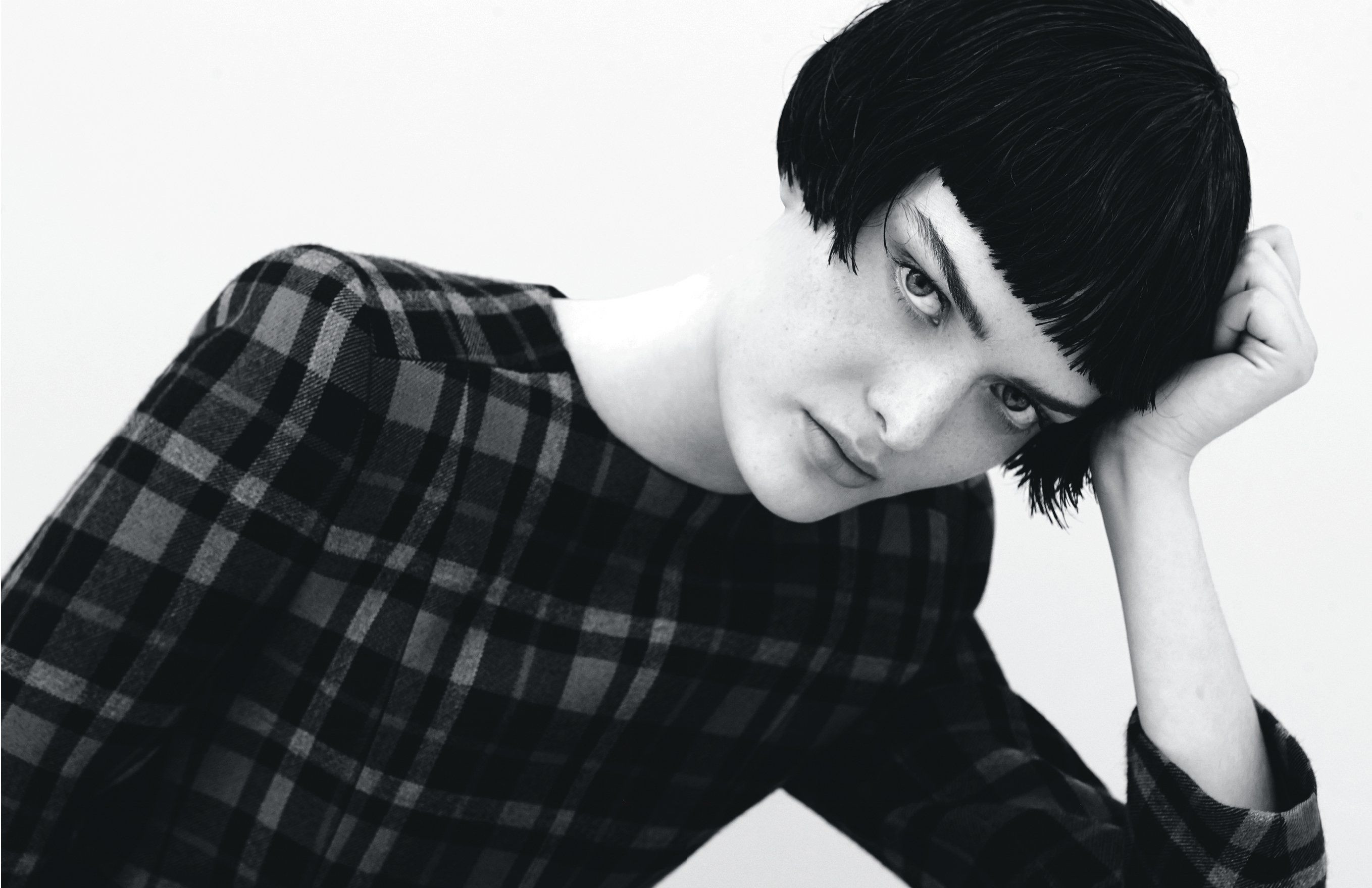
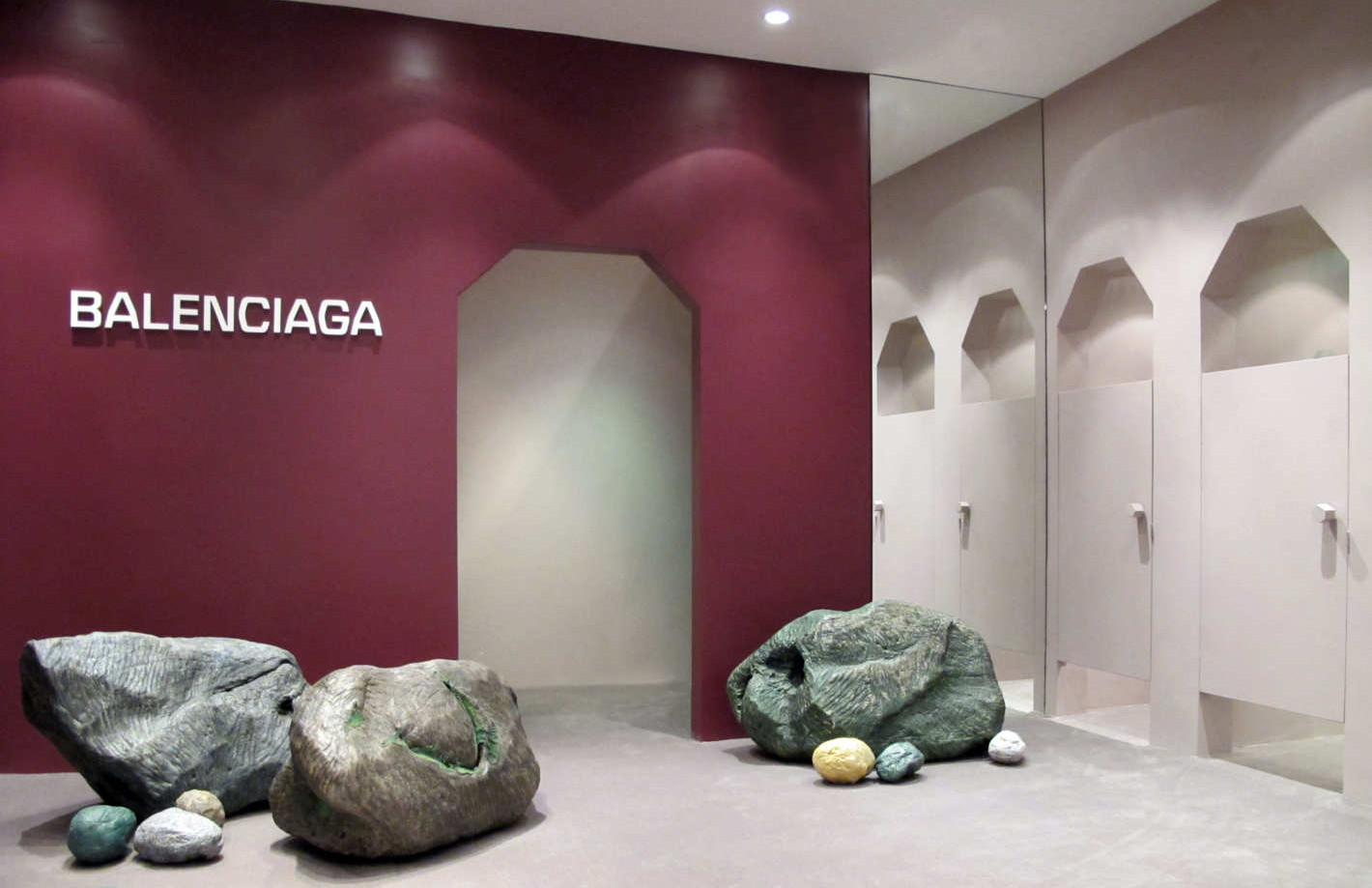
Products Balenciaga Vintage
Balenciaga Vintage
The Couturier of Couturiers, The Master of Us All

History

Master of tailoring and precision, Cristobal Balenciaga was able to create soft and elegant lines on the human body.


Spanish by birth, he managed to bring elements from his country like lace, the bolero and the contrasting colors, red and black, to Paris in the 1950s. Balenciaga dedicated his life to designing dresses and managed to go beyond the boundaries of fashion. For this reason, he is considered a true artist.


Intuition and innovation, combined with a maniacal precision, are the basis for all of his creationslike collarless shirts, flat necklines, and balloon, tunic, sack and sleeveless dresses.


He was born in 1895 in Getaria to a seamstress mother and fisherman father. He inherited his mother’s passion for tailoring and opened his first haute couture boutique in San Sebastian at only 20 years old. His great success in those years led him to open two more boutiques in Madrid and Barcelona.


When the Civil War in Spain broke out in 1937, Balenciaga decided to move to Paris where he opened his first boutique on Avenue George V, on the third floor of the Palazzo Borghese. Official Couturier for the Spanish royal family, and valued by Europe’s most beautiful and powerful women of that time, Balenciaga created dresses for a small group of elite women whose status made tribute to his art.


His creations were not flashy or spectacular. On the contrary, they were an expression of inner elegance, and were refined and unpretentious. In the fifties, Balenciaga clashed with the philosophy of the famous fashion designer Christian Dior. Unlike Dior, the Spanish Couturier needed physical contact with the dress and wanted to give a woman’s body freedom. He therefore, eliminated boning, padding, stiff bodices, and thus, deviated from the tailoring techniques of the nineteenth century.


He also knew fabrics and their potential very well and even drew inspiration from them. So much so, that he invented a perfect fabric for creating volume which was suitable for evening wear: Gazar. The pieces he created were so well cut that they didn’t need a body to take shape. Coco Chanel said of him: "Only Balenciaga is a true couturier. Only he is able to cut the fabric, sew it and assemble it with his own hands. The others are just designers."


In 1951, a period in which the femininity of a woman was determined by the smallness of her size, he introduced the semi-fitted suit. In 1955, he created the tunic dress and finally the sack dress in 1957, which gave the woman’s body total freedom. He was patient, honest, accurate, and obsessed with achieving perfection.


He personally followed every step in the creation of every outfit. In the sixties, with social unrest and the beginning of the Women’s Movement, women’s needs changed. Ready-to-Wear lines hit the stores: pieces that were packaged and sold in predefined sizes to customers, often in department stores.


This process was not in line with Balenciaga’s ideas. He didn’t think it was honest to lose contact with the customer because you couldn’t give special attention to the details that would render the dress perfect for a particular body.


At the height of his fame in 1968, foreseeing an inevitable decline as a result of the changes that were taking place, he preferred to withdraw from the scene.


The desires of customers had changed and stylists had the upper hand. However, Cristóbal Balenciaga, will always remain an undeniable symbol of style and elegance. Christian Dior said, "The couturier of couturiers, the master of us all." On June 10, 2011 a museum dedicated to him was inaugurated by Queen Sofia in Getaria, Spain.


Products Balenciaga Vintage
- 1
- 2
-
Balenciaga Vintage - Leather Blanket Square Satchel Bag - Red - Leather...
This satchel features a leather body, rope handles, flat strap, 2 way top zip closure, and interior zip and slip pockets.
2 500,00 € -
Balenciaga Vintage - Everyday Tote Bag - Black - Leather Handbag - Luxury...
The Everyday Tote features a leather body, flat leather straps, and an open top.
2 500,00 € -
Balenciaga Vintage - Leather Motocross Giant City Bag - Brown Beige - Leather...
The Motocross City features a leather body with tassel zipper pull details, rolled handles, silver-tone studs, an exterior zip pocket, a top zip closure, and an interior zip pocket.
1 985,00 € -
Balenciaga Vintage - Motocross Canvas Giant Town Bag - Brown Beige - Leather...
The Giant Town features a canvas and leather body, rolled handles, deatchable shoulder strap, oversized gold-toned hardware, a top zip closure, and an interior zip and slip pocket.
1 895,00 € -
Balenciaga Vintage - Nylon Travel Bag - Brown Beige - Leather and Canvas...
This travel bag features a nylon body with leather trim, a front exterior zip pocket, rolled leather handles, a top zip closure, and an interior zip pocket.
1 685,00 € -
Balenciaga Vintage - Motocross Classic Panier Basket Bag - Brown Beige -...
The Classic Panier Basket Bag features a straw body, rolled leather handles, open top, and interior slip pockets.
995,00 € -
Balenciaga Vintage - Classic Panier Basket Bag - Brown Beige - Leather and...
The Classic Panier Basket Bag features a straw body, rolled leather handles, open top and interior slip pockets.
995,00 € -
Balenciaga Vintage - Leather Motocross Classic Day Bag - Pink - Leather...
The Motocross Classic Day features a leather body, a rolled handle, a top zip closure, and an interior slip pocket.
1 365,00 € -
Balenciaga Vintage - Motocross Classic Panier Basket Bag - Orange White -...
The Classic Panier Basket Bag features a straw body, rolled leather handles, open top and interior slip pockets. Orange.
995,00 € -
Balenciaga Vintage - Motocross Giant Clutch Arena Bag - Grey - Leather...
The Giant Arena Clutch Bag features a leather body with gold-tone studs, exterior front zip pocket, and a zip closure.
1 025,00 € -
Balenciaga Vintage - Printed Jacquard Chain Bag - Red Bordeaux - Leather and...
This shoulder bag features a printed jacquard body, gold-tone chain strap, and a top strap with magnetic closure.
995,00 € -
Balenciaga Vintage - Small Leather Wallet - Orange - Leather Wallet - Luxury...
This small wallet features a leather body, coin holder, and interior slip pockets.
650,00 € -
Balenciaga Vintage - Drawstring Leather Handbag Bag - Pink - Leather Handbag...
This handbag features a leather body, rolled leather handles, open top with drawstring closure and flat front strap.
1 545,00 € -
Balenciaga Vintage - Raffia Motocross Classic Bag - Brown Red - Leather and...
The Motocross Classic tote features a woven raffia body, a front exterior zip pocket with a tassel zipper pull, rolled leather handles, an open top, and interior slip pockets.
995,00 € -
Balenciaga Vintage - Bistrot Panier Tote Bag - Brown Beige - Leather and...
The Bistrot Panier Tote features a raffia body, rolled leather handles, open top, and an interior zip pocket.
1 135,00 € -
Balenciaga Vintage - Nylon Tote Bag - Black - Leather and Canvas Handbag -...
This tote bag features a nylon body, leather handles, top zip closure, exterior zip pocket, and interior zip and slip pockets.
795,00 € -
Balenciaga Vintage - Motocross Giant 12 Hip Bag - Pink - Leather Handbag -...
The Motocross Giant 12 Hip Bag features a leather body, flat leather strap, a top zip closure, an exterior front zip pocket, and an interior zip pocket.
895,00 € -
Balenciaga Vintage - Motocross Classic First Bag - Blue Navy - Leather...
The Motocross Classic First features a leather body with tassel zipper pull details, a front exterior zip pocket, rolled handles, a top zip closure, and an interior zip pocket.
1 685,00 € -
Balenciaga Vintage - Straw Le Dix Satchel - Blue Navy - Straw and Leather...
The Le Dix Satchel features a straw and leather body, flat leather handles, a detachable flat leather strap, a front flap with a metal lock closure, a top zip closure, and interior slip pockets.
1 825,00 € -
Balenciaga Vintage - Satin Clutch Bag - Green - Fabric and Patent Leather...
This clutch bag features a printed satin body, a front patent leather flap with a metal twist lock closure, a mirror, and an interior slip pocket.
965,00 € -
Balenciaga Vintage - Lambskin Bazar Shopper S Bag - Green - Lambskin Leather...
The Bazar Shopper S features a vintage crafted lambskin leather body, palladium hardware, dual top handles, an adjustable and detachable shoulder strap, dual top zip closure, interior fabric lining, and an interior zip and slip pocket.
1 750,00 €
- 1
- 2



